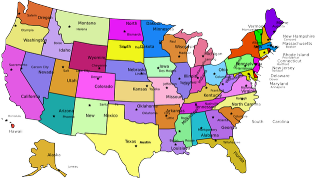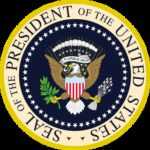

The first capital of the United States. Washington, D.C. didn’t become the nation’s capital until 1790. The first city to hold the title was Philadelphia, Pennsylvania, when the First Continental Congress met there in 1774. In the 16 years between then and 1790, a total of seven – yes, seven – other cities held the title. Some, like Baltimore, Maryland, and Lancaster, Pennsylvania, only held the title very briefly as the Continental Congress moved around to avoid the British. York, Pennsylvania was the nation’s capital during the winter of 1777-78, while the British occupied Philadelphia and Washington’s army was quartered at Valley Forge. New York was the last pre-D.C. city to hold the title. Congress met there for about four years, and George Washington himself was inaugurated as president there, even though he’s the president Washington, D.C. is named after.
Who really started the Boston Tea Party? Which of the Founding Fathers was responsible for the most famous tea-dumping in history? Well, the tea-tossing was initiated by the anti-taxation group the Sons of Liberty. According to History.com, Samuel Adams led the charge.
How Mount Rushmore got its name. This most famous of American landmarks didn’t get its name from the mountain it’s built on. Nor is it named after the man who sculpted it (“Mount Borglum” doesn’t have the best ring to it, no offense) or any of the people depicted on it. Its namesake? A New York lawyer. In 1884, an attorney named Charles Edward Rushmore visited the Black Hills area to verify some legal titles. According to the National Parks website, Rushmore asked a local guide what the name of the mountain was. The guide replied, “We will name it now, and name it Rushmore.” And somehow, that name stuck. What seems like an off-hand comment to please an out-of-towner ended up giving the monument its permanent name.
Other countries that don’t use the metric system. Despite what you might believe, the USA is not the only country that doesn’t use the metric system. There are three: America, Myanmar, and Liberia. Liberia, located in western Africa, commonly uses United States customary units. Myanmar (formerly Burma), located in southeast Asia, uses the traditional system of Burmese measurements. However, Myanmar has been in the process of moving to the metric system since 2013. The United States? Not so much.
The trial of the tomato. Though the many health benefits of tomatoes are widely known today, a mere two hundred years ago there was a widespread belief that they were poisonous. Though they were wildly popular in Mexico and much of Europe, a tomato scare hit England (and subsequently its colonies) when a surgeon named John Gerard wrote a book called The Generall Historie of Plantes in 1597. In the book, he claimed that tomatoes were deadly because they contained a chemical called tomatine (which is true, but it’s not nearly enough to make them poisonous). Thanks to Gerard’s mostly bogus book, much of England and the USA remained tomato-shy for the next 200 years. Finally, in 1820, a man named Robert Johnson staged a “tomato trial” on the steps of a New Jersey courthouse. He ate a full basket of tomatoes and did not die.
Stay tuned to for Part 2!
This blog was adapted from an article by Meghan Jones in rd.com.


